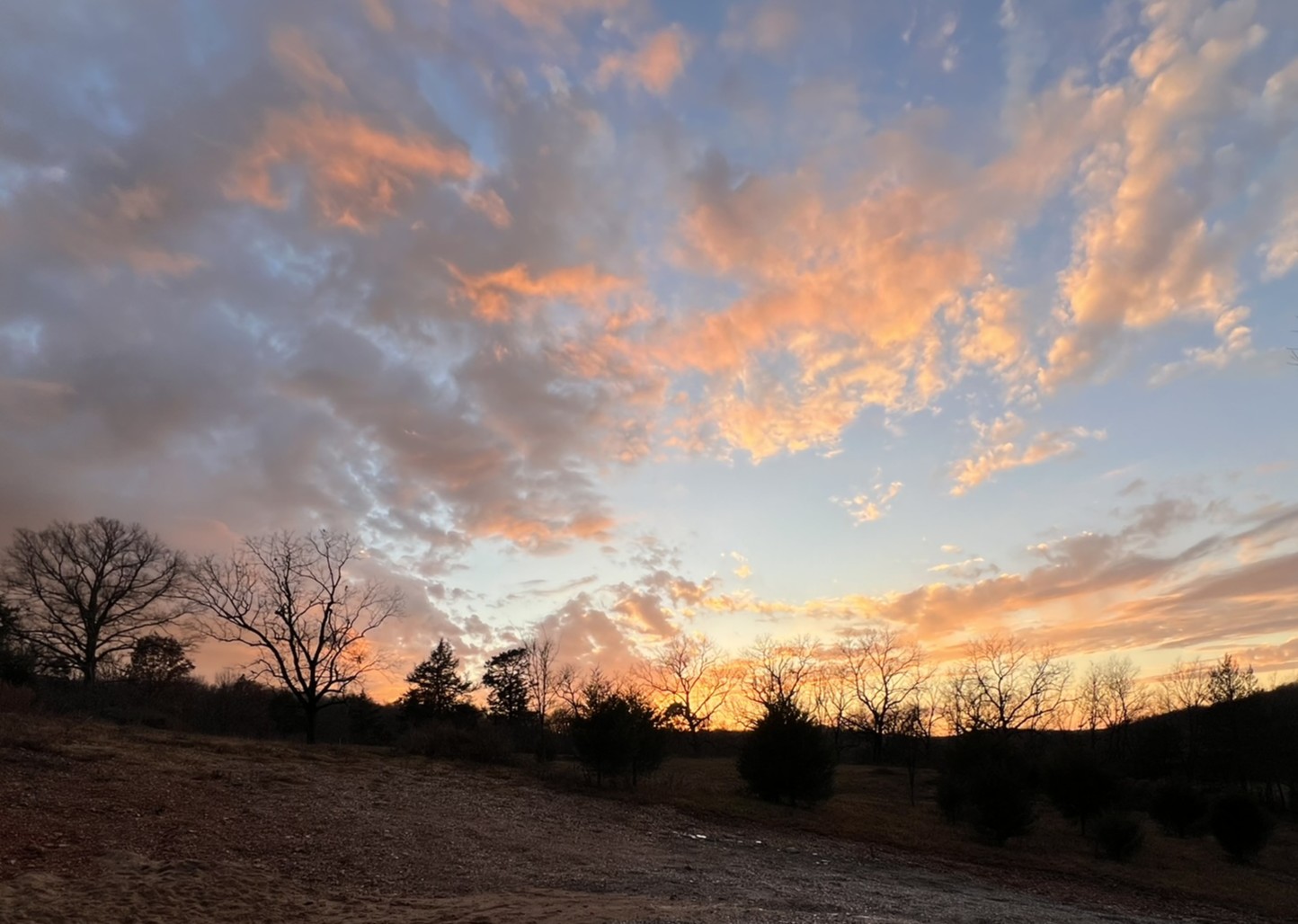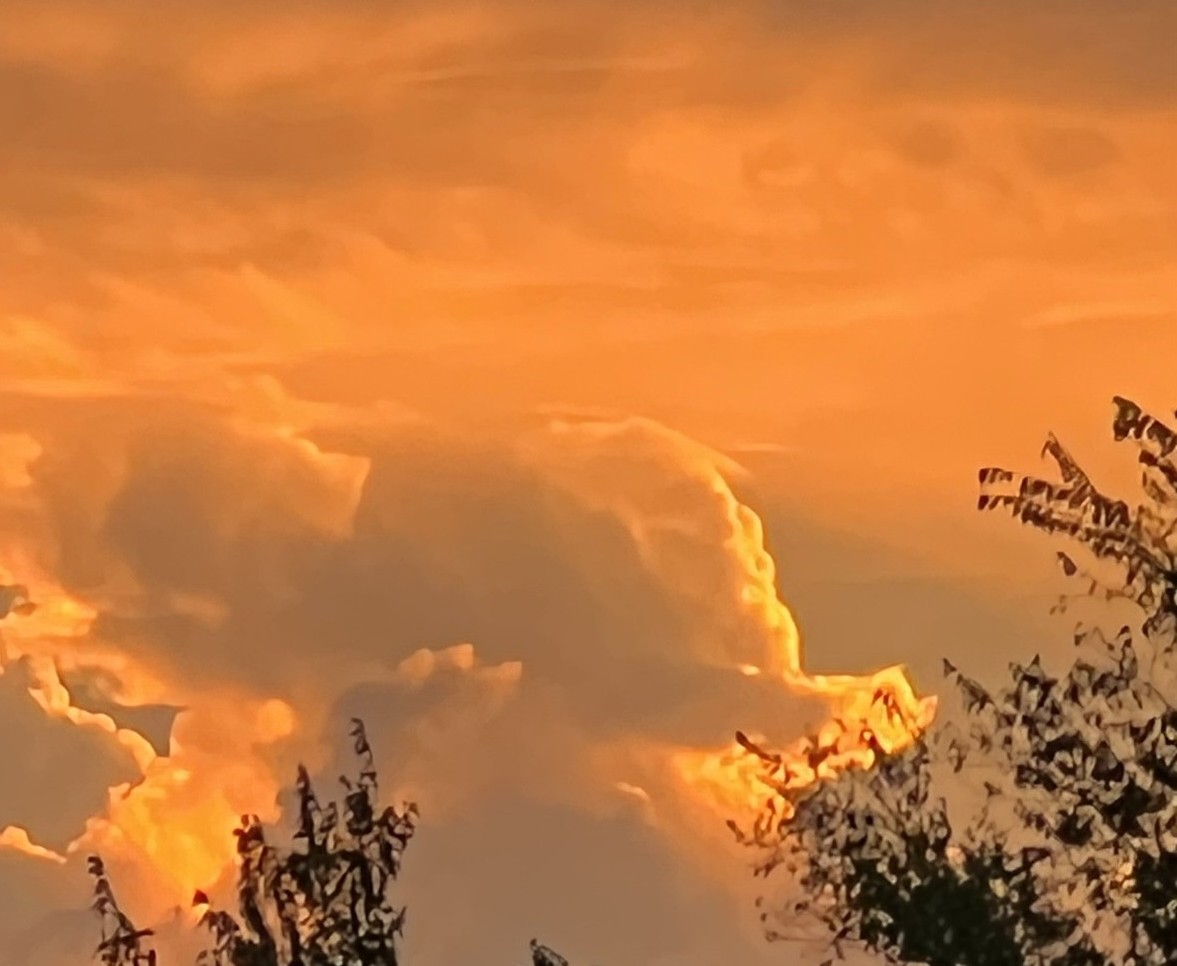Hippie Voices Echo in America Today
What Do Hippie Voices Echo?
Hippies weren’t the first generation to demand change. America was founded on protest and revolution. We’ll be looking at the long history of protest in America. You might say hippie voices echo the voices of America’s past. But let’s start with the hippies and the changes their generation brought to our country.
What can the hippie counterculture of the 1960’s and 1970’s teach today’s social movements? The hippies didn’t solve every problem, but they had some success. Let’s listen to that hippie echo and see what we can learn.
After seeing who the hippies were, what they stood for and what they achieved we’ll look at America today through the perspective of the hippies. Can their ideals and tactics help us with today’s problems? Is the hippie echo still relevant today?
What Was The Hippie Culture?
“Hippie” wasn’t a strict category--it was an evolving counterculture tied to music, fashion, and a set of beliefs about peace, love, and living differently. Hippies were mostly young people. There were college dropouts, but also students, draft resisters, young workers and some veterans.
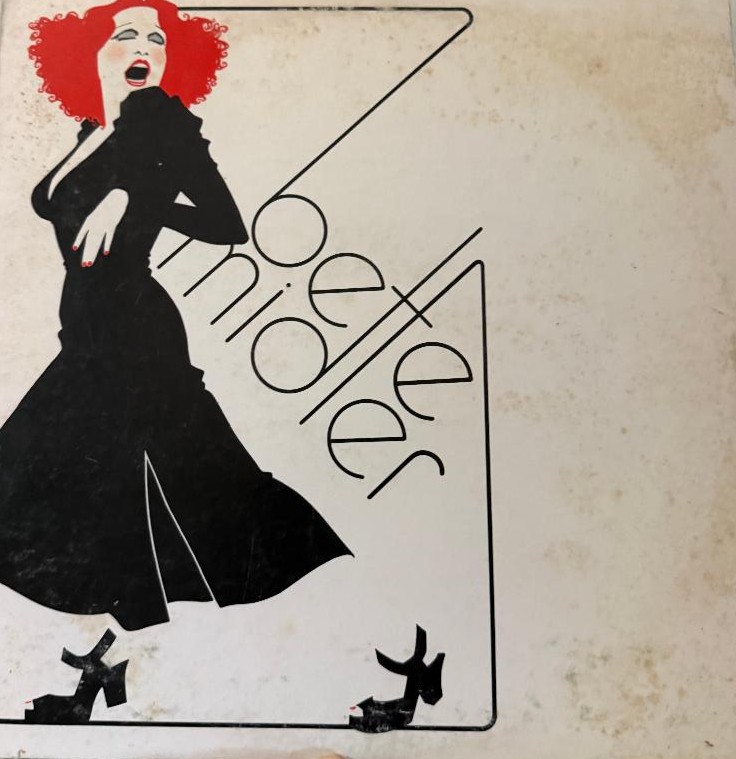 Bette Midler
Bette MidlerMany came from middle-class homes in America’s suburbs, but small towns and rural areas fed the movement too. Regardless of their origins, they didn’t want to inherit what they saw as the materialistic, restrictive world of their parents and grandparents.
Hippie Evolution in Mid-Century America
We look back on the 1950’s and 1960’s as a time of American prosperity. But young people of that era wanted more than prosperity. They wanted a community that matched their values: peace, cooperation, creativity.
The adult world seemed to worship money, status and conformity more than justice, beauty, or truth. The hippies wanted to turn the ideals of their youth into daily life. But they had to get past “the establishment” to do that.
The Beats Pave the Road for Hippies
The beat generation of the 1950’s paved the road for hippies. Beatniks rebelled against the conformity, materialism, and consumerism of their era. Writers like Jack Kerouac and Allen Ginsberg wrote novels and poems challenging what they saw as the shallowness of American society that valued wealth and status over freedom and creativity.
They explored Eastern philosophies, and bohemian models of a freewheeling culture. The hippies were drawn to the values of the beat generation. Without the Beats, the hippie movement in America would have looked very different.
From Free Speech to the New Left
Student activism sparked the hippie movement. The Free Speech Movement at Berkeley in 1964, along with sit-ins and teach-ins, taught a generation that they could organize, speak up, and win.
The New Left, captured in the Students for a Democratic Society’s manifesto, the Port Huron Statement, connected personal freedom to social responsibility. Campus activism soon grew into mass protests that mixed politics, music, and street theater.
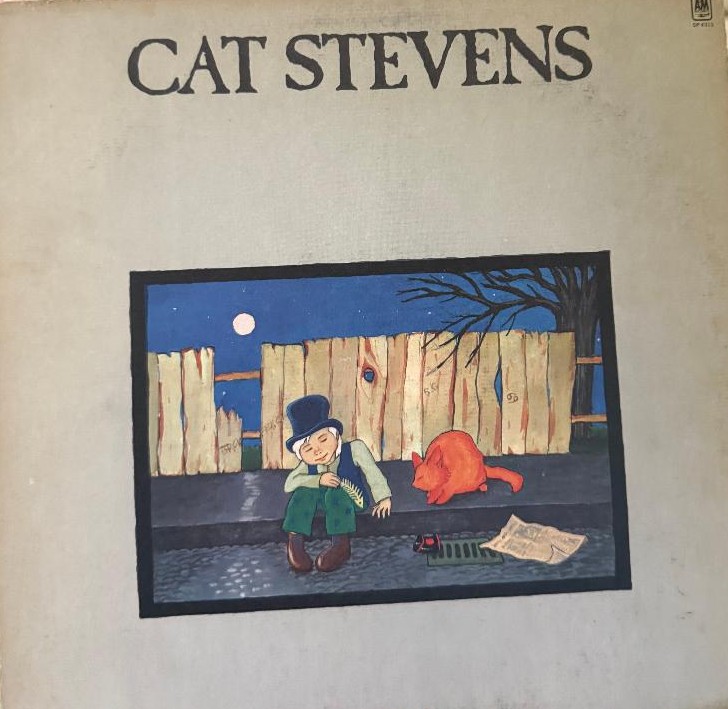 Cat Stevens
Cat Stevens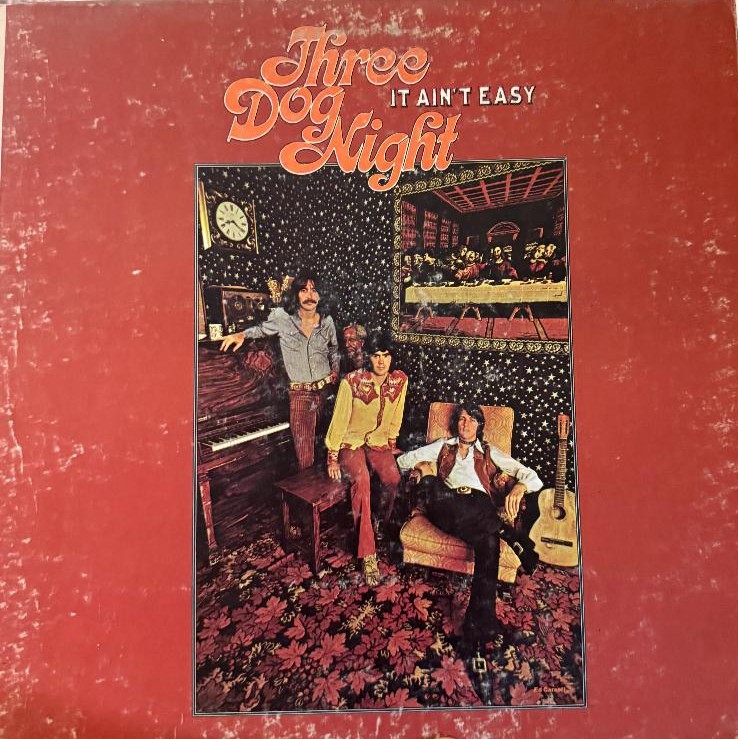 Three Dog Night
Three Dog NightThe Pressure Cooker of Mid-Century America
The hippies came of age in tumultuous times. There were assassinations: President Kennedy in 1963; Martin Luther King, Jr. and Robert F. Kennedy in 1968. There was war--the Korean war had barely ended in 1953 before America’s involvement began in Vietnam in 1955 and escalated in 1964.
Television carried news footage of the Vietnam war into living rooms around the country making it impossible to ignore. The draft made the war personal; casualties made it tragic.
Hippies created a culture of resistance-–marches, draft counseling, conscientious objection, draft-card burnings--that helped reshape the national conversation. The tragedy at Kent State in 1970 proved to them that dissent was both necessary and costly.
Learning the Tactics
At the same time the hippie movement was growing, the Civil Rights movement was demanding equal rights. The hippies and the Civil Rights movement shared common ground. Both were demanding social and political change.
The Civil Rights movement proved the value of peaceful protest with their sit-ins and freedom marches. The hippies learned and followed the pattern, adding their own flavor--more music, more color, more communal joy.
 The Byrds
The ByrdsIn time, the women’s liberation and gay rights movements joined with the hippies to grow the demand for change. Peaceful protest was powerful in spreading the message of all the movements.
Music and Hippie Culture
For hippies, music became the vehicle for spreading the message--freedom, peace, love, creativity, truth, justice. The Monterey International Pop Festival was a pivotal event of the 1967 Summer of Love, embodying the spirit of “Music, Love, and Flowers.”
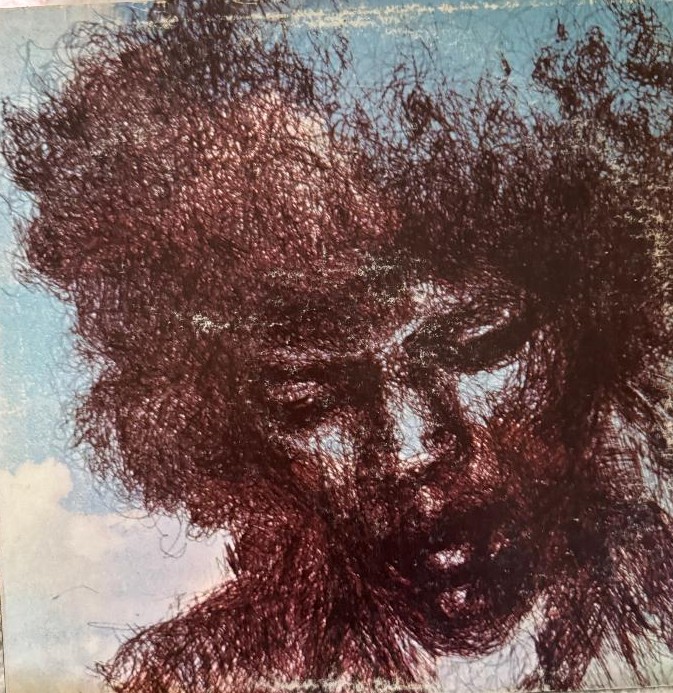 Jimi Hendrix
Jimi HendrixWoodstock, in 1969, became a defining symbol of the counterculture movement of the 1960’s. The underground press sprang up as an alternative to the mainstream media. Hippies reported on issues and perspectives that more established outlets ignored.
 Joe Cocker
Joe Cocker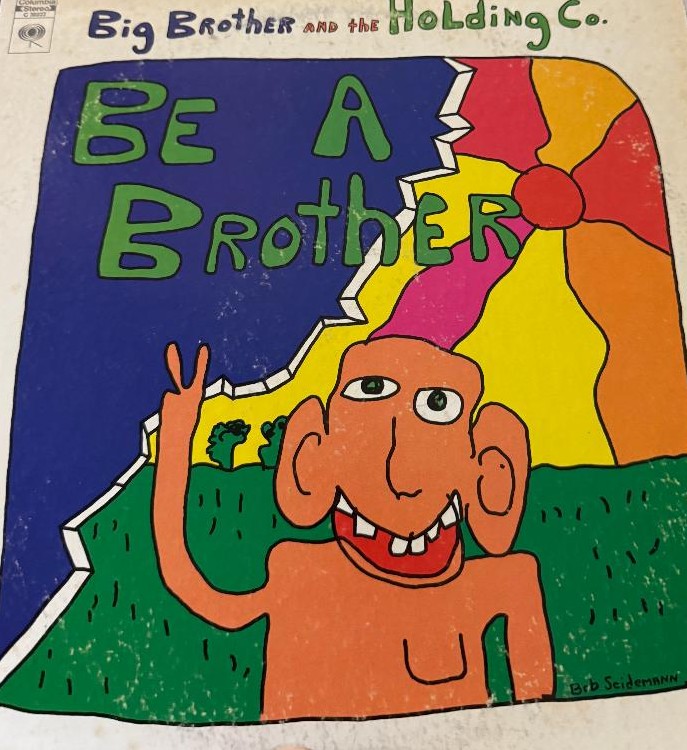 Big Brother and the Holding Company
Big Brother and the Holding CompanyThe underground press became a primary vehicle for the counterculture, covering topics like women’s liberation, anti-war activism, and radical politics. Be-ins and street theatre also spoke to their disillusionment with establishment norms.
Building Alternatives
The hippies didn’t just talk; they built. They established free clinics, co-ops, communes and free stores as part of their desire for community. Their interest in living closer to the land, being self-sufficient, and looking for alternative ways to thrive outside the mainstream were precursors to the back-to-the-land movement popular today.
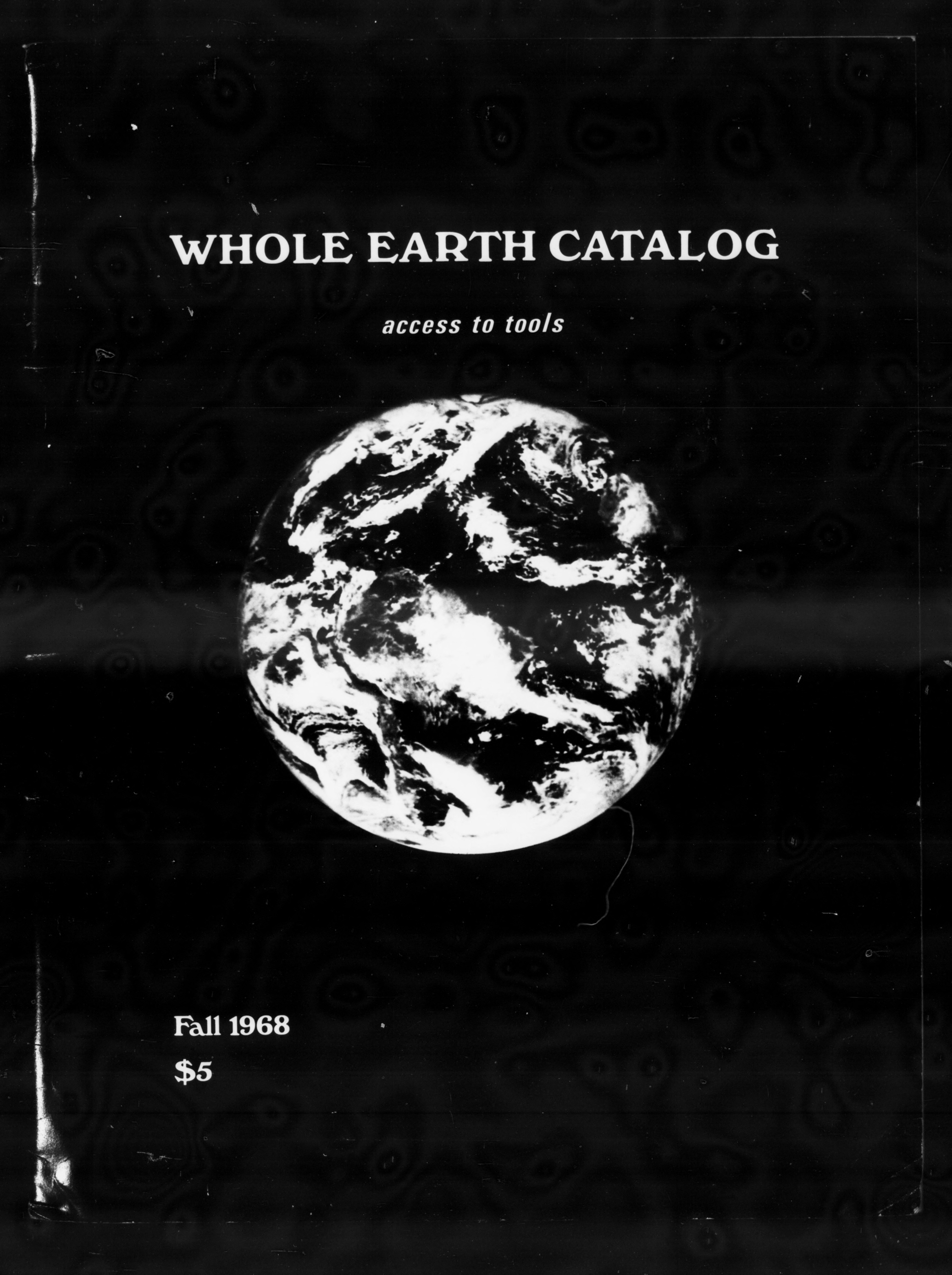 Whole Earth Catalog
Whole Earth CatalogThe Whole Earth Catalog was known as the hippie bible. It gave hippies tools, books, and ideas for living simpler, smarter, and more sustainably. The message was: be the change now, not later. The hippies’ interest in nature fed the early environmental movement and helped lead to the first Earth Day in 1970.
Clashes and Critiques
Hippies wanted a new world, but they struggled, like everyone, to live up to their ideals. There were problems within the movement. Often the women carried the emotional burden while the men got the active roles. Drug abuse and violence sometimes shadowed the scene.
Altamont and lurid crimes, sometimes sensationalized by the media, made the whole culture seem dangerous to outsiders. Mainstream media exposure helped commercialize the hippie lifestyle so that the hippie look turned into a costume rather than a statement of individualism.
These problems disillusioned some in the movement.
The Hippie Legacy
The hippie counterculture brought some improvements that benefit us today, including a focus on environmentalism, the importance of organic food and alternative health, openness in tech, and personal freedoms that society in the 1950’s would never have dreamt of before the hippies opened the door.
The hippies joined a proud American tradition of protest to bring attention to important causes.
From Then to Now
The hippie counterculture left us with some concrete takeaways. Peace, racial justice, climate improvements, and bodily autonomy are still important issues that need continuing support. The idealism and activism of the young can inspire meaningful changes in society today, just as they did in the hippie era.
Changes made through idealism are sometimes two steps forward, tempered by the one step back that reality often imposes. But every step forward is meaningful.
Today's Problems
Social media allows ideas and information to instantaneously spread across the country, connecting us more directly than ever. Yet we’re more divided today than we’ve been in our lifetimes.
Polarization in our politics is the single biggest issue facing us today. We can never stop trying to connect and cooperate. Here's the good news; the power of protest persists. Younger generations continue the tradition, but hippies aren’t sitting this one out.
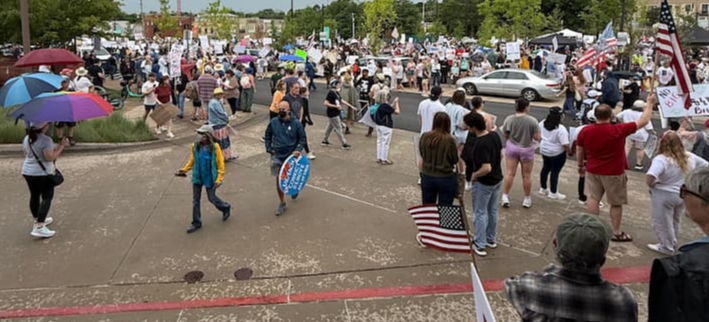 Preparing to March
Preparing to March Protest
ProtestLots of hippies are still on the scene, older, maybe a little slower, but probably wiser. We may let the youngsters carry the banners, but we’ll be there alongside cheering them on.
 There Might Be Hippies
There Might Be Hippies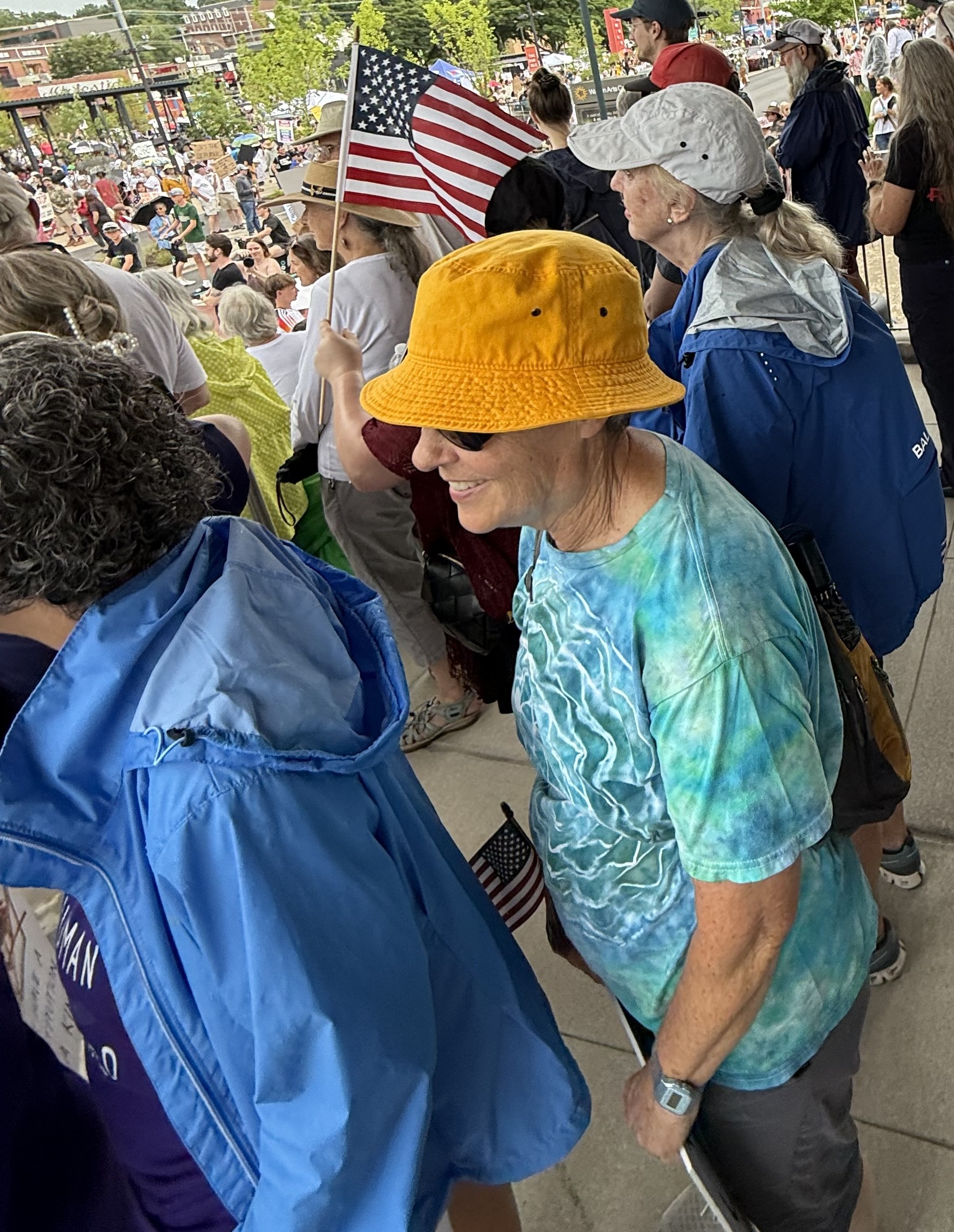 There Might Be More Hippies
There Might Be More HippiesLook for us in the protests. Gray hair or bald heads may help you spot us. We’ll continue working to make America the country that hippies envisioned so many years ago, a place where everyone has a voice and a place.
If we heed that hippie echo, listen to and respect the idealism of the young, and carry on work the hippie counterculture embodied, America and the world will be better for it.
What Can We Carry Forward?
I encourage readers to find ways to work with others seeking to heal the current divide in America. Find what works for you and get involved.
Democracy depends on its citizenry to keep it alive and thriving. Voting is necessary but not sufficient. Citizen involvement is required. We can do this. Let’s roll!
Several organizations have formed to help heal the divide in American society today. A partial list can be found here.
